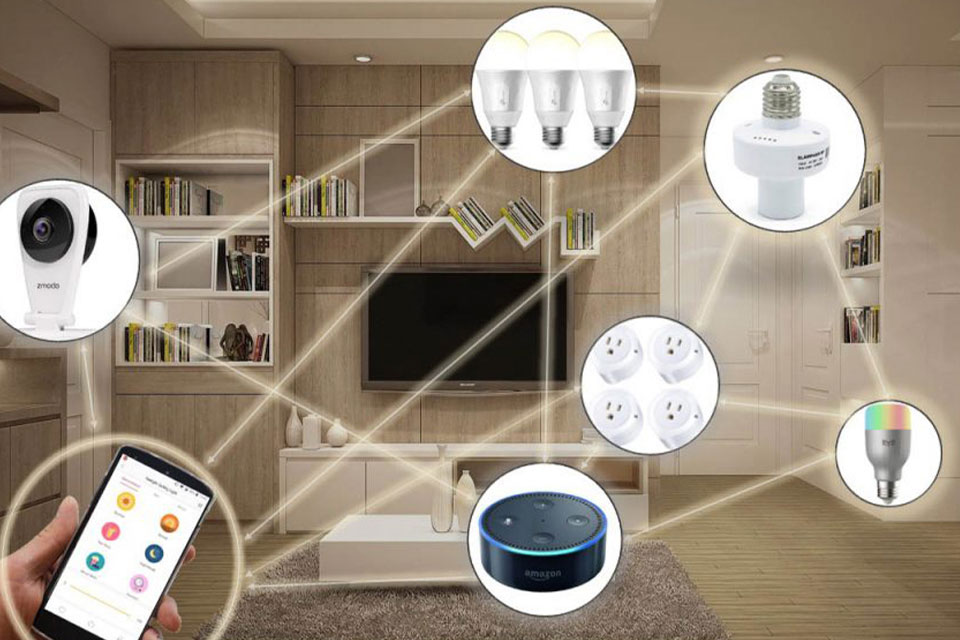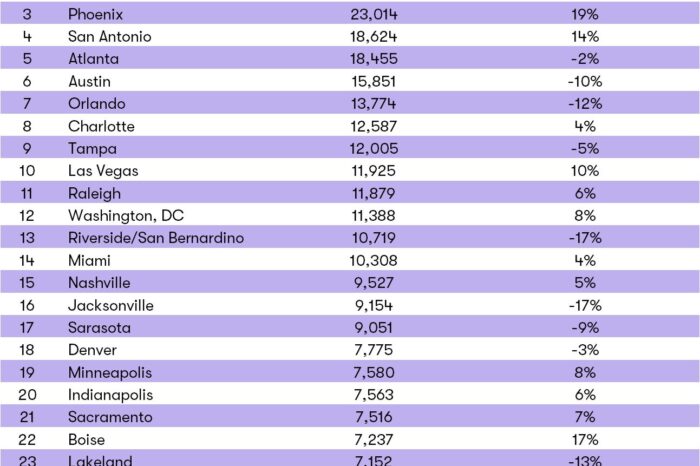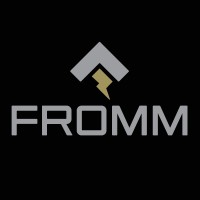Are you going to be smart in the residential market?
The residential market is considered to be about 10-12% of the overall electrical market and about 20% of the overall contractor market, nationally, but, the residential market has a much greater impact on the overall market.
- The “light” commercial infrastructure that surrounds housing developments … strip centers, office parks, grocery stores, gas stations, schools, houses of worship, etc… These commercial facilities than have commercial MRO needs. Commercial construction is a key driver of electrical product consumption.
- There is more blending of the term “residential” than every before. Multi-family and mixed-use facilities are two areas where “residential” is combined with commercial (and retail) construction. Senior living can also be grouped into this segment. These “housing units” may be temporary (apartments, dormitories) or could be permanent (condos and townhomes). And distributors and manufacturers category multi-family and mixed-use differently but more often as commercial given that a commercially-oriented contractor versus a residentially-oriented contractor works on the facility.
- The residential market is further segmented into new construction, renovation / remodeling and service.
Consider:
While the residential new home market is a small segment, it has significant ramifications.
As David Shiller notes, the residential new home market is undergoing a “smart home revolution”. While housing, defined as “where to live” is changing due to demographics and cost-structures, the features that are desired is also changing … perhaps back to when many distributors used to sell appliances!
Home buyers and home remodelers are seeking different “features”. And this can impact what the electrical distributor will sell through residential contractors and/or direct to homeowners.
David has recently taken a look at emerging trends in the residential “smart home” new construction market (and, realistically, this is also in the renovation / remodeling segment from a product / application viewpoint):
A number of recent articles (here and here) have detailed how big technology companies (Samsung, and Amazon’s Alexa Fund to name two as referenced in the aforementioned articles) are making strategic investments into new home construction (single-family, multi-family, and custom pre-fab). Why? Because they want to control the smart home platforms, integration, and electrical devices installed. As an example, Amazon wants the new home to come with Alexa built in.
In the case of Samsung, they want the new home to include Samsung smart TVs, a smart refrigerator, other smart appliances, as well as their software that integrates and controls the home. Samsung is already building smart homes and apartments in South Korea.
Some estimate that there will be over 300 million smart homes worldwide by 2022. Many US home builders are already making smart homes their standard, for every new home. Lennar, for example, the #2 home builder in the US, already offers wifi, Amazon Alexa, smart locks, smart doorbells, smart lighting, and smart thermostats, in every new home they build. Other builders are putting in smart breaker boxes. Amazon’s investment arm just put almost $7 Million into a custom modular home factory, in California. Alphabet (Google’s parent company) and Microsoft are similarly looking at new home construction as a way to control adoption of their platforms and products.
So, what does all of this mean for the electrical and lighting industries? If tech giants carve up and control new home construction, either through controlling stakes in builders or strategic partnerships with builders, many more parts of new homes will be “pre-specified” for electrical items, such as lighting, appliances, thermostats, doorbells, security systems, cameras, etc. Some of these systems weren’t traditionally in new homes (such as cameras, and smaller appliances). There could potentially be new distribution opportunities to supply these items to the builder, as additional business. The challenge would be having a close enough relationship to these smart home builders to know which items are spec’ed and expanding the distribution business model to include these new smart devices, as well as managing inventory on products that change quickly.
At the same time, traditional electrical distribution offerings, such as lighting may become increasingly pre-spec’ed to specific smart lighting manufacturers that are partnered with the “right” tech giant. Again, tight relationships with the smart home builders to anticipate and serve this higher level of planned integration will be the key to maintaining these sales. Distributors that don’t get in tight early with smart home builders may find themselves left with only the rough-in material for new smart homes. As homeowners become dependent on IoT conveniences at home, it’s likely that this will only accelerate and expand IoT at work, in commercial spaces.
For manufacturers of breaker boxes, lighting, lighting controls, landscape lighting, bath fans, smoke detectors, security systems, electric floor heating, sound systems and other smart appliances, the challenge to get spec’ed into new smart homes will continue to raise the stakes with fewer manufacturers selected based increasingly on their connected lighting specs, rather than just style, service, and price. Distributors and manufacturers focused on new home construction are likely already beginning to see these changes. Keep your eyes open and adapt.
David Shiller is principal of Lighting Solution Development. Lighting Solution Development specializes in providing technical and marketing solutions to advanced lighting manufacturers
So, “smart homes” are changing the residential construction market. Now, let’s consider:
- Major manufacturers, especially distribution equipment companies, wiring device companies, lighting control manufacturers and some lighting companies are already calling on the major builders. The builders receiving pricing directly from these companies. In the age of Amazon, could these builders buy via Amazon? Home Depot with local delivery? Directly from the manufacturer? Could schedules be aligned?
- One thing we do know is that manufacturer alignments are changing and commitment to one channel is, nowadays, viewed as a folly.
- Reportedly some of these companies are already requesting “package” pricing of circuit breakers and wiring devices (which Eaton can provide with its two divisions. And recall that Leviton has their load center (and here it’s available on Amazon!) And these two companies won’t control the market as you would expect others to either diversify or develop collaborative relationships. Think Legrand and Schneider will not offer a solution?)
- Or consider Lutron, which is very proactive in the residential and “smart” market. A recent Twitter post from Lutron stated “There’s a lot of #smarthome options out there—but when it comes to products that work best with @GoogleNest, @Forbes gave a shout-out to our Caséta by Lutron Starter Kit. Ready to begin your smart home journey? We’ve got you covered. #LutronNews
- Could distributors get back into the appliance sale? Or perhaps identify other items needed to be a “whole home resource”?
- Are there collaborative models with complementary distributors / retailers to serve smaller builders? Support contractors? Focus on the renovation market?
- Where will companies like Best Buy play?
Remember, we’re consumers 80% of the time. What impacts us “at home” inevitably makes its way into the commercial decisions. Are you thinking about the market as it is changing? I recall a distributor client who regularly attended CEDIA to see what is coming next. Many in his company dismissed him saying “we don’t need to get into that stuff.” But maybe what was old (being in the appliance business) will come back around in a different format?
And what other innovations to the residential construction buying process could occur?
How can you be smart in your residential strategy? Or is the “smart home” market going to alternate channels?
























